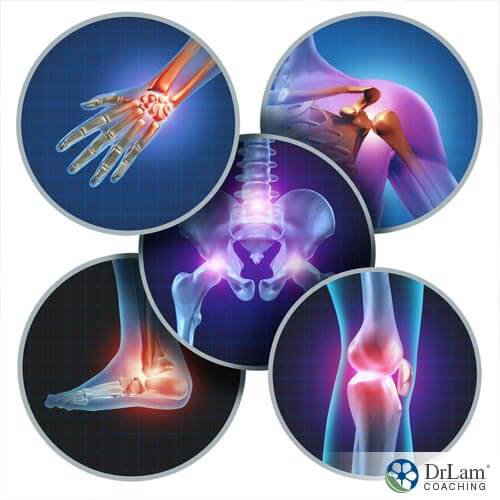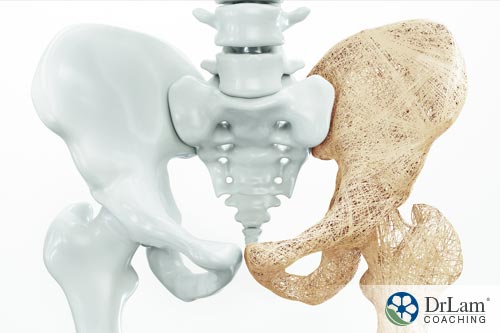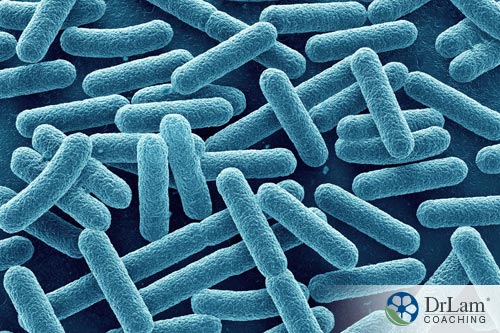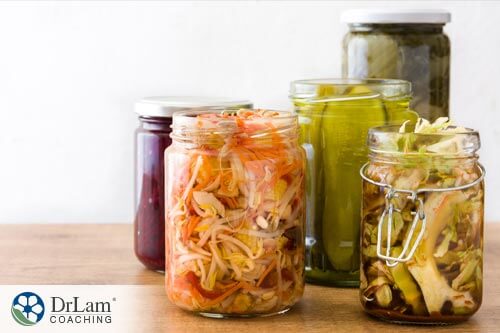 If you are over 50 years of age, chances are high that, if you haven’t already broken a hip, knee, or wrist bone, you soon will. In fact, fractures in older age are estimated to be parallel in risk to that of cardiovascular diseases. One of the main bone disorders that appears with age is osteoporosis. Currently, 75 million people in the US, Japan, and Europe are affected by this disease. The majority of women over 80 have osteoporosis, and by the year 2020, it is estimated that at least 50% of the population will suffer from a low bone mass.
If you are over 50 years of age, chances are high that, if you haven’t already broken a hip, knee, or wrist bone, you soon will. In fact, fractures in older age are estimated to be parallel in risk to that of cardiovascular diseases. One of the main bone disorders that appears with age is osteoporosis. Currently, 75 million people in the US, Japan, and Europe are affected by this disease. The majority of women over 80 have osteoporosis, and by the year 2020, it is estimated that at least 50% of the population will suffer from a low bone mass.
With statistics like this, it is no wonder scientists are conducting research to find ways to solve this epidemic. Milk used to supply 75% of the calcium in the western world, but now it does not. Researchers are working hard to find adequate and safe prevention methods. What studies have shown to be one of the most effective methods is using probiotics to build bone mass.
Typically, there are no symptoms of low bone mass until you have broken a bone or two and have been diagnosed with osteoporosis. However, there are some risk factors for the disease to look out for. If you are over 50, you should start talking to your healthcare practitioner about ways to keep your bone mass intact.
You are at a higher risk if you:
Consider getting screened for low bone mass if you fit any of the following criteria:
 A fracture above the age of 50 is the earliest sign of low bone mass. A mild impact from hitting an object, tripping, or falling down are all incidents that might not have resulted in a broken bone in previous years. But now, these events could cause fractures, and they could also be telling you something.
A fracture above the age of 50 is the earliest sign of low bone mass. A mild impact from hitting an object, tripping, or falling down are all incidents that might not have resulted in a broken bone in previous years. But now, these events could cause fractures, and they could also be telling you something.
Other signs to look for include:
Probiotics are taking the lead in fighting bone mass reduction. Studies have indicated that two specific strains of probiotics, Lactobacillus and Bifidobacterium have been shown in lab rats and mice to increase bone mass density. When testing was done on older women, those who received probiotics had half the bone loss compared to the placebo group.
There are effective conventional medications used to manage osteoporosis, but the goal is to catch low bone mass before it progresses into a debilitating disease. Probiotics have shown that it is possible to cut age-related bone loss in half if the appropriate preventative measures are taken early enough.
Some specialists are also recommending hormone replacement therapy or HRT for osteoporosis, but there are side effects to consider. And over long periods of time, hormone replacement therapy may increase the risk of a variety of cancers. Those who suffer from certain chronic illnesses like adrenal fatigue must also be careful with hormone replacements as their bodies are very sensitive, especially to hormone fluctuations.
Alternative ways to retain bone mass and prevent osteoporosis include exercises like walking and jogging. Research scientists worldwide are developing safe ways to end this disease, and probiotics have taken a major lead in these studies.
Probiotics, often referred to as “good bacteria,” are live bacteria and yeasts that are beneficial to your health. They have gained much publicity for the benefits they provide the digestive system, but upon further research, they appear to be helpful for many additional areas in the body. The word probiotics is derived from the Greek term “for life,” and it seems that probiotics are indeed a life-supporting supplement. Not only do they keep your gut healthy, but they have now been proven to help in retaining bone mass.
Probiotics have been used to help:

There are a couple of ways to consume probiotics: supplements and food.
They are available in a multitude of forms as supplements. They come in liquid form, capsules, tablets, and even as gummies. Because they are not regulated, they can vary quite a bit in quality. It’s best to speak to a knowledgeable nutritionist about which one is right for you.
Another excellent way to get more probiotics is through consuming fermented food. Sources include:

If you are suffering from Adrenal Fatigue Syndrome (AFS), most likely you are dealing with some serious digestion issues. Many people with adrenal fatigue suffer from inflammation and an impaired inner ecosystem in the body, resulting in energy levels that are off, and internal imbalances. The gut and intestinal tract can get inflamed or overgrown with bad bacteria and aggressive yeast. This can ignite all sorts of problems, including a leaky gut that makes the entire body feel fatigued.
Probiotics are full of the good bacteria that help regulate the bad bacteria and move food through the gut. This ensures food is passed into the bloodstream properly for maximum absorption and less chance of allergic reactions.
If you suffer from adrenal fatigue, a good diet that includes probiotic-rich foods and supplements is vital for digestion and healing.
If you suffer from adrenal fatigue, your body could be setting you up for bone loss.
As the stages of adrenal fatigue progress, excess cortisol produced by the adrenal glands due to overexposure to stress can cause minerals to be depleted from the bones. Probiotics have been proven to help regulate cortisol levels, the stress hormone that AFS sufferers have the most issues with overall.
A decrease in the sex hormones has also been directly linked to osteoporosis.
In addition, a correlation between a loss of hormones and inflammation has been made. Specifically, when estrogen hormone production decreases, an increase develops in the production of protein, causing an increase in inflammation. Over time, these proinflammatory proteins can have a damaging effect on the bone.
 In conclusion, taking probiotics can benefit your body in a multitude of ways, all of which also function as healing agents for the adrenals and AFS. It is always a good idea to consult with a professional health care practitioner to make sure probiotics are a good fit for you. Probiotics as a food or supplements are usually safe for most people, but for those who sufferer from sensitivities, allergies, or immune problems, any changes in diet should be overseen by a specialist.
In conclusion, taking probiotics can benefit your body in a multitude of ways, all of which also function as healing agents for the adrenals and AFS. It is always a good idea to consult with a professional health care practitioner to make sure probiotics are a good fit for you. Probiotics as a food or supplements are usually safe for most people, but for those who sufferer from sensitivities, allergies, or immune problems, any changes in diet should be overseen by a specialist.
Mild side effects may include:
Some side effects go away after a couple of days. If you have any symptoms that last beyond this time frame, stop taking the probiotics and consult with a healthcare practitioner. Sufferers of AFS should always be cautious when adding anything new to their diet as most likely their digestion is compromised due to the stress overload.
Yes, in fact, adrenal fatigue syndrome could be one of the causes of osteoporosis. AFS is very taxing on the body at a cellular level. Dysregulation of hormones and inflammation have both been proven to deteriorate bone mass leaving the skeleton weak and vulnerable to breakage.
